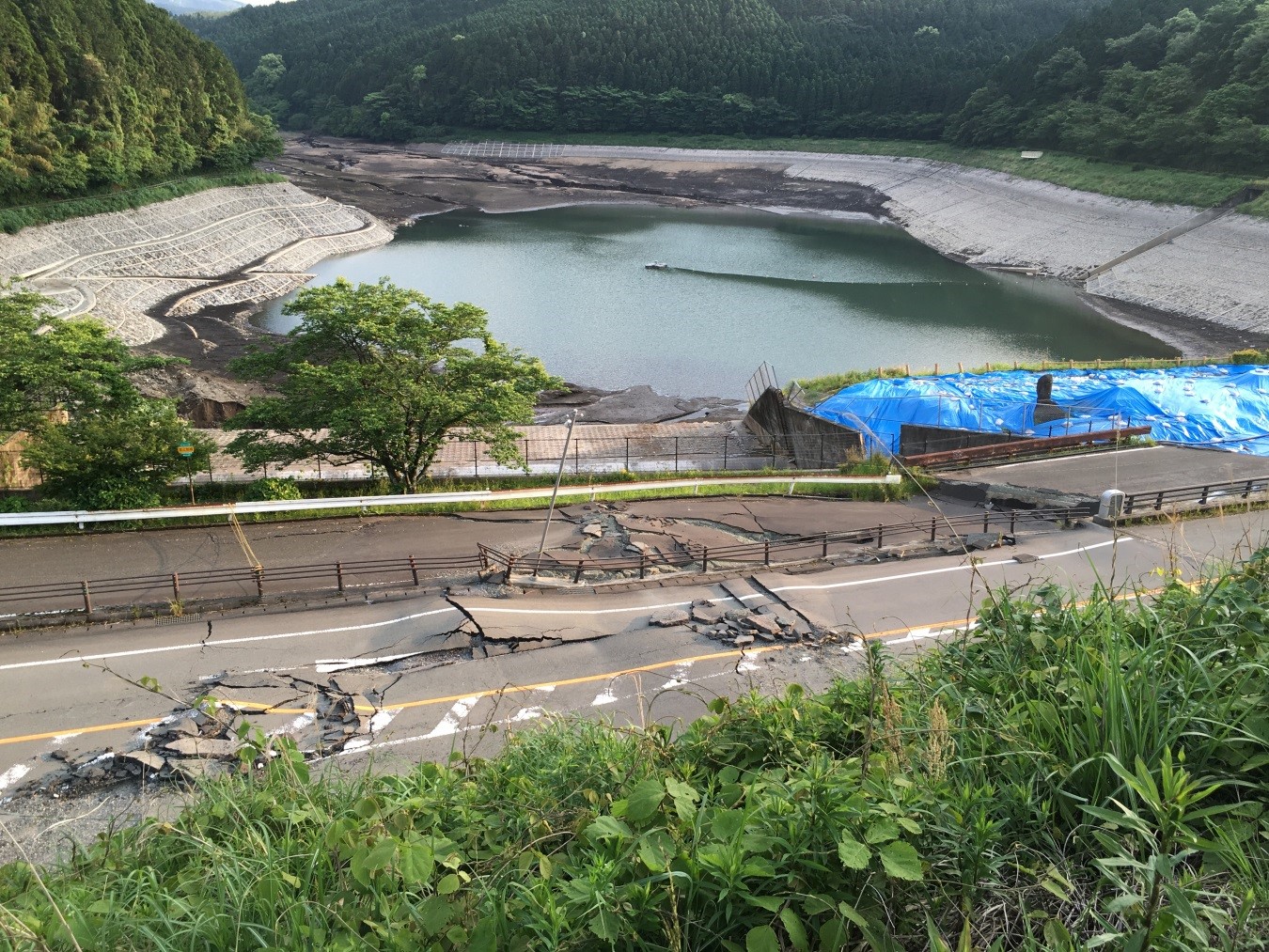2016 Kumamoto, Japan Earthquakes
Event Date :
04-14-2016
Location :
Kumamoto, Japan
Report Date :
07-13-2016
Event Category:
Earthquake
Sequence of Events:
Yes
EQ Magnitude :
6.2, 6.0, and 7.0
Report Number:
GEER-048
DOI:
doi:10.18118/G6JS3M
Event Latitude:
32.753
Event Longitude:
130.762
Team:
| Robert Kayen |
| Shideh Dashti |
Collaborators:
The Japanese Society of Civil Engineering (JSCE) The Japanese Geotechnical Society (JGS) Japan Water Works Association Kumamoto City Waterworks and Sewage Bureau
Contributors:
Robert Kayen, Shideh Dashti, Takaji Kokusho, Hemanta Hazarika, Kevin Franke, Nicolas Oettle, Brad Wham, Jenny Ramirez Calderon, Dallin Briggs, Samantha Guillies, Katherine Cheng, Yutaka Tanoue, Katsuji Takematsu , Daisuke Matsumoto , Takayuki Morinaga, Hideo Furuichi, Yuuta Kitano, Masanori Tajiri, Babloo Chaudhary, Kengo Nishimura, Chu Chu.
Sponsors:
- GEER,
Summary:
The 2016 Kumamoto earthquakes are a series of events that began with an earthquake of moment magnitude 6.2 on the Hinagu Fault on April 14, 2016, followed by another foreshock of moment magnitude 6.0 on the Hinagu Fault on April 15, 2016, and a larger moment magnitude 7.0 event on the Futagawa Fault on April 16, 2016 beneath Kumamoto City, Kumamoto Prefecture on Kyushu, Japan. These events are the strongest earthquakes recorded in Kyushu during the modern instrumental era. The earthquakes resulted in substantial damage to infrastructure, buildings, cultural heritage of Kumamoto Castle, roads and highways, slopes, and river embankments due to earthquake-induced landsliding and debris flows. Surface fault rupture produced offset and damage to roads, buildings, river levees, and an agricultural dam. Surprisingly, given the extremely intense earthquake motions, liquefaction occurred only in a few districts of Kumamoto City and in the port areas indicating that the volcanic soils were less susceptible to liquefying than expected given the intensity of earthquake shaking, a significant finding from this event.
See GEER ACTIVITIES for contributions to the 16th World Conference in Earthquake Engineering and the International Workshop on the 2016 Kumamoto Earthquake.
File Upload :
| File Title | File Version | File Date | File Type |
|---|---|---|---|
| Report | Version 1 | 07-13-2016 |
PDF
|
The work of the GEER Association, in general, is based upon work supported in part by the National Science Foundation through the Geotechnical Engineering Program under Grant No. CMMI-1266418. Any opinions, findings, and conclusions or recommendations expressed in this material are those of the authors and do not necessarily reflect the views of the NSF. The GEER Association is made possible by the vision and support of the NSF Geotechnical Engineering Program Directors: Dr. Richard Fragaszy and the late Dr. Cliff Astill. GEER members also donate their time, talent, and resources to collect time-sensitive field observations of the effects of extreme events.











